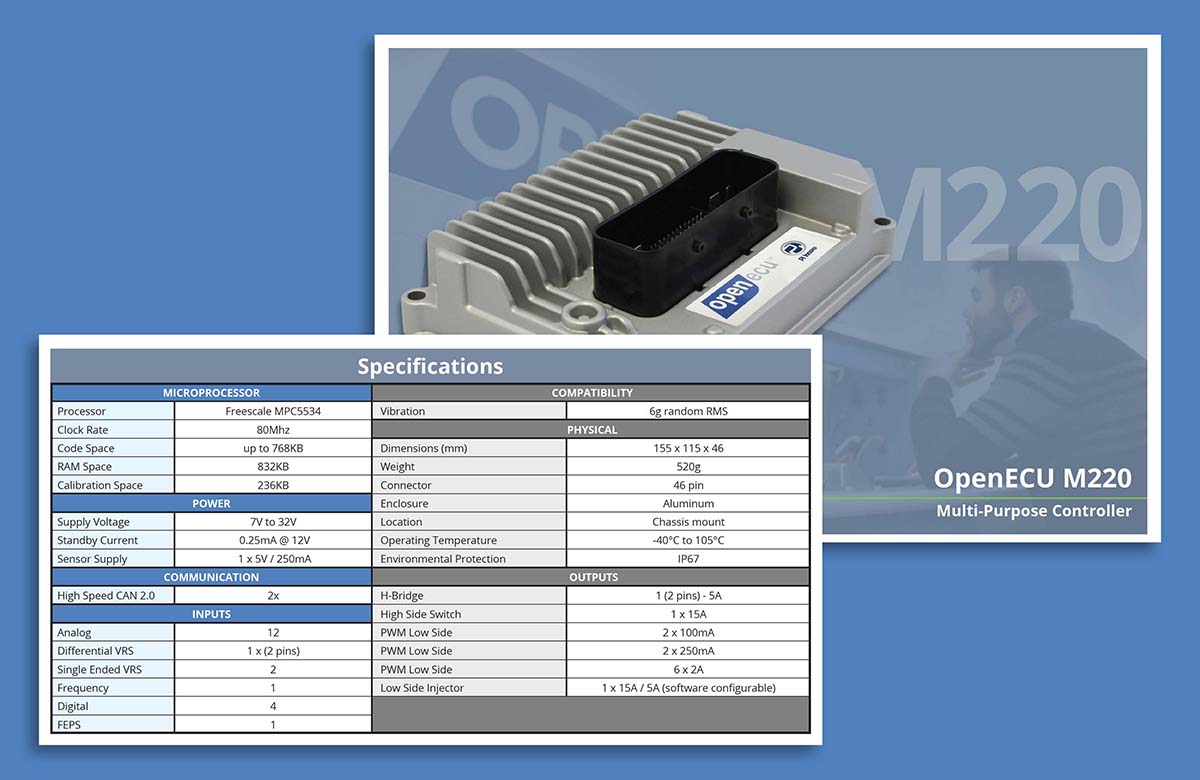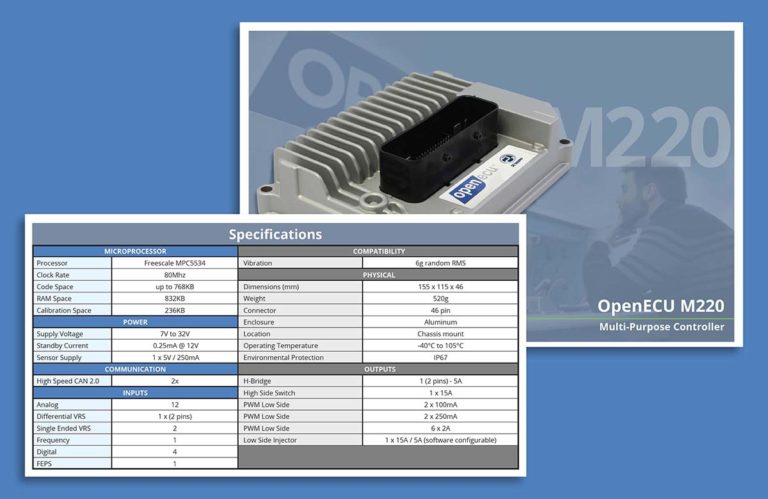Written by Gordan Jurasek, Director of Hardware Advanced Solutions, Dana
As much as I would like (as an electrical engineer) to assume away any constraints presented by the physical world, there is no avoiding reality. Complicating matters is that some of the environmental conditions vary substantially with the operating modes. The operating modes, usage profile and conditions during each operating mode of the mounting location for the ECU must be collected. These consist of:
- Physical Interfaces:
- a. 3-D packaging space available.
- b. Assembly access for the ECU with its mounting brackets/fasteners.
- c. Wire harness access for connection and removal.
- Thermal Interfaces:
- a. Temperature minimum and maximum in that space during operation.
- b. Air flow thru the package space during operation.
- c. The expected power dissipation of the application. This might need to be estimated for each operating mode as the answers to items 2.a. and 2.b may differ substantially depending upon the operating mode.
- Vibration profile of the available mounting features.
- Ingress Protection:
- a. Water exposure conditions in the packaging space.
- b. Dust exposure conditions in the packaging space.
- c. Salt lifetime exposure expected.
- d. Chemical lifetime exposure expected.
The demands of the mounting location can then be compared to the capabilities of the candidate ECUs.
All of this can be quite a daunting task and may not be generally available at the start of a new program. Luckily for automotive applications there is a simple shorthand of a) in-cab, b) on-chassis (sprung), c) on-chassis (un-sprung), d) under-hood 105°C, and e) under-hood 125°C which have reasonably well accepted limits published in SAE and ISO standards and can be used for an early selection criterion and revisited when further application specific data is available as the program advances.
Note that operating modes are with respect to the overall system and not specifically the ECU. So, for a controller in an Electric Vehicle the modes might be Off, Charging and Run. For a pickup truck the Run mode might be further decomposed into Idle, Stop/Start traffic, Highway and Trailer Tow. The engine controller function might be nearly identical for Highway operation and Idle operation, but the air flow and thermal load is likely quite different. It is these differences which need to be captured to make a full mapping of the usage profiles and the mechanical and environmental interfaces.
A good example of a 105°C on-chassis rated ECU is the Dana M220 OpenECU.

